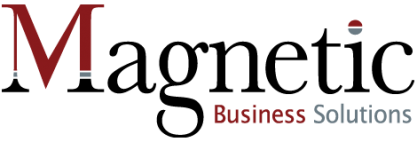Cash is King: Tips for Managing Cash-Flow

It’s the end of the month, payday. At least it’s payday for your staff and suppliers. But what about you?
It’s easy to lose sleep when your receipts just don’t add up to your expenses. Downturns in income or upticks in re-investment and expenses occur from time to time, so be prepared.
Save regularly for a rainy day. Decide how much cash to keep in your current account and set the rest aside in a separate account. As an extra insurance, set up a regular, automatic transfer from your current account to your business savings account. You won’t miss it when times are good, and it will be there when you need it.
Establish your business line of credit at a good rate when times are good. Financial institutions are reluctant to lend when your bottom line looks weak but are happy to carry you on a pre-established line of credit. Just make sure you always make at least your minimum payment every month. Interest rates are better when your financials look good, too.
Pay yourself first as a rule and maintain a personal reserve as well as a business reserve. As a last resort, you can give your company a pay holiday for your wages for a short period until cash flow improves again. But don’t make it a steady diet. You are an employee of your company as well as the owner and should be paid accordingly. Besides, it’s one of the first things that a lender or a potential buyer of your business will look at. If you aren’t paying yourself an appropriate wage, then you are overstating your profits.
Project and monitor your cash flow. Your cash-flow statement tracks money in and money out. Money in includes capital injections, loans, line of credit transfers and overdrafts as well as your receipts from sales. Money out includes payment of bills, wages, taxes, inventory purchases, loan interest, capital repayments and overhead. This cash flow does not occur at the same time as a sale is made or a debt incurred.
Project and monitor your profit and loss as well as your cash flow. The two are not the same. Not by a long shot. Sales/income is counted when a contract is signed or an order placed with you. Depending on your payment terms, it may be 10, 30 or even 60 or 90 days before you get paid. Meanwhile, you have to carry that receivable and you won’t see the cash until it’s paid.
Ask your accountant to help you set up an effective cash-flow projection and tracking system so you won’t be caught off guard. When you leave things to the last minute, it might give you an adrenalin rush but it also creates more stress than necessary.
Then go out and get that cash flowing!






